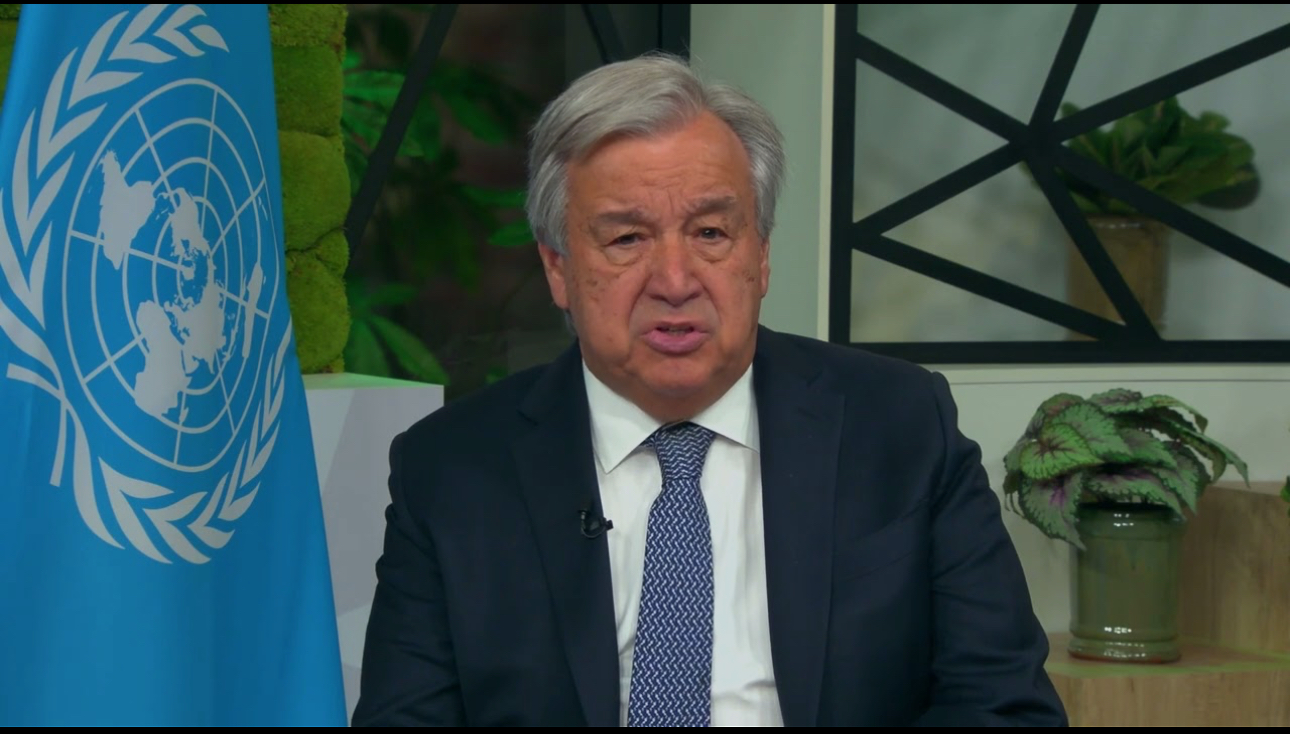BY NOKUTHABA DLAMINI
The Sustainable Use Coalition Southern Africa (SUCo-SA) has issued two strongly worded statements criticising decisions made at the CITES CoP20 conference in Uzbekistan, accusing Parties of undermining conservation success in southern Africa and ignoring evidence from range states.
In the first statement, SUCo-SA Vice Chair and the Confederation of Hunters Association of South Africa CEO Stephen Palos condemned the vote rejecting a proposal to remove the abundant southern giraffe from Appendix II. The proposal received 49 votes in favour, 48 against and 38 abstentions — including the 27-member EU bloc — falling short of the two-thirds majority required.
Palos called the outcome “yet another travesty of justice at the CITES CoP,” arguing that the decision reflects “a world dominated by an emotion before science philosophy in conservation.”
He singled out opposition from several African countries, saying:
“The most vocal objections made came from African countries with shocking records in conservation… where poaching, conflict, poverty, and desperation have decimated their wildlife, and now sell their souls to global anti-use/animal-rightist NGOs.”
Palos said the Chair “overlooked Eswatini and allowed none of the observer organisations an opportunity to speak,” forcing South Africa to call for a vote despite having “superbly presented” the proposal.
According to SUCo-SA, evidence showed that southern giraffe populations in Angola, Botswana, Eswatini, Malawi, Mozambique, South Africa, Zambia and Zimbabwe are “overwhelmingly increasing, with only one population reported as stable, and not a single population showing decline.”
The statement said this success is the result of “decades of effective national legislation, management frameworks, investment by private and community custodians, and sustainable-use incentives.”
But SUCo-SA argues that countries with no giraffe populations or poor conservation performance are influencing decisions that harm nations managing wildlife successfully.
“Once again, CITES (Convention on International Trade in Endangered Species of Wild Fauna and Flora) has managed to punish success and reward failure in conservation. And real people in southern Africa pay the price in hunger and deprivation.”
SUCo-SA: CITES Parties “killing with kindness” on rhino horn and ivory
In a second statement titled “CITES Parties Killing with Kindness at CoP20 – Rhino Horn & Ivory,” the SUCo-SA Executive criticised what it described as a predictable pattern where CITES Parties praise southern African conservation results while refusing to support related proposals.
The coalition said:
“They start by congratulating southern African range states for their ‘outstanding successes’… And then, without pause, they immediately announce that they will not support the proposal.”
The statement argued that many countries rejecting downlisting proposals come from regions where rhino or elephant populations have “collapsed or are entirely absent,” and that 47 years of trade bans and demand-reduction campaigns have failed.
“If 47 years of demand-reduction campaigns and trade bans have not saved rhino or elephants, at what point do we acknowledge that this approach is not working?” the coalition asked.
The statement questioned the positions of the EU, UK and USA, asking why they continue to “punish African conservation successes while rewarding failures” and why they “elevate the views of non-range states and discount the data, management systems, and lived realities of the countries that actually protect these species on the ground.”
According to SUCo-SA, southern African countries deserve practical support, not diplomatic praise that leads to policy obstruction.
“In the most diplomatic but patronising manner, southern African countries are told, in effect, to ‘go to hell, but enjoy the trip.’ This is what we mean when we say they are killing with kindness.”
The coalition said African states are “not asking for applause; they are asking for recognition of proven results” and the policy space to continue what works.
The statement concludes with a challenge to the global convention:
“CITES must decide whether it wants to remain a forum guided by evidence and sovereignty, or one led by political theatre and external pressure. The future of rhino and elephant conservation depends on that choice.”


 Slider3 years ago
Slider3 years ago
 National4 years ago
National4 years ago
 Tourism and Environment4 years ago
Tourism and Environment4 years ago
 Opinion4 years ago
Opinion4 years ago
 Special reports4 years ago
Special reports4 years ago
 National4 years ago
National4 years ago
 National3 years ago
National3 years ago
 National3 years ago
National3 years ago


